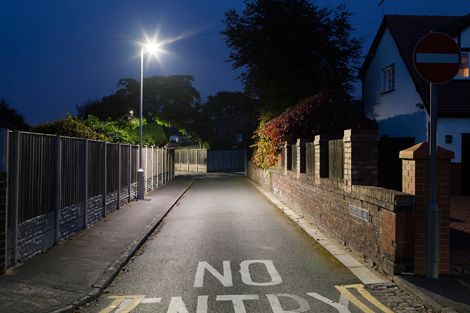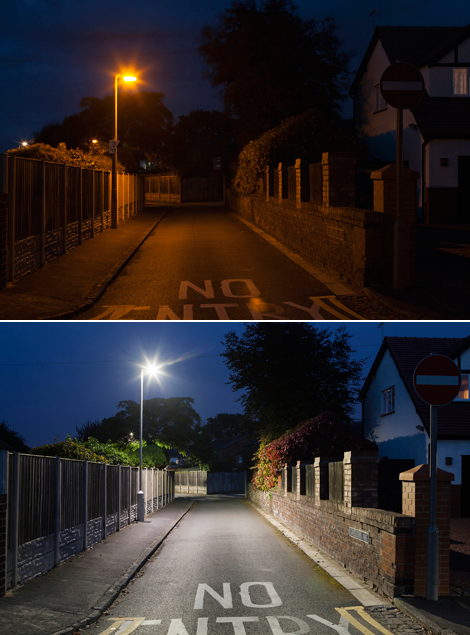
Holophane is enlightening the streets of Formby to energy savings one luminaire at a time
With a new EU Directive coming into effect this week, the lighting industry is adopting more efficient technologies into their overall design processes.
All energy inefficient street lamps are to be resigned to the scrap heap by 1 September 2016, meaning a wave of new designs being worked on in the meantime, with benefits coming from the design software used.
Street lighting designers Holophane recently unveiled its revolutionary ultra-slim V-Max system, which features pre-programmed dimming capabilities for low activity periods (midnight to 6am) that can provide nearly 76 per cent savings over older set-ups.
The V-Max system was installed in the genteel Merseyside seaside town of Formby, where Sefton Council replaced its old high-density discharge 58W system to the new design that gives a total circuit wattage of 19W, before the pre-programmed dimming regime drops that further to 12W.
It’s predicted that over a third of the electricity used worldwide for lighting can be saved by these regulations and protect the environment by significantly reducing CO2 emissions.
Key to designing such systems is heat management – the more heat you dissipate, from the LED lights, the longer the product will last.
Holophane used SolidWorks Flow Simulation to visually map the path of the heat generated from the LED lights, helping create a design that dissipates the heat far more effectively, increasing the life span.
SolidWorks reseller NT CADCAM is helping its clients like Holophane with using the latest tools to generate even more efficient designs, including advising on how SolidWorks Flow Simulation’s dedicated tools to accurately simulate the thermal performance of LED designs.

Better for the environment and brighter, before (top) and after






